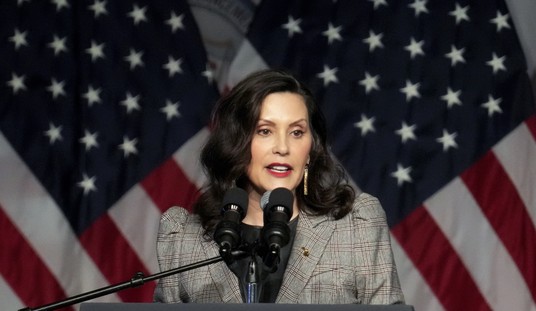For the first time ever, significant light is being shed on one of the most horrendous human rights atrocities of the second half of the 20th century. In 1988, more than 30,000 political prisoners were senselessly massacred by Iranian officials. More than 30 years later, one of the people who participated in the massacre, Hamid Noury, is on trial in Sweden. The Noury trial should spark more media and public scrutiny about the 1988 massacre, and ultimately trigger a long overdue international investigation.
Hamid Noury has been incarcerated in Sweden since November 2019 when he visited the country for personal reasons. On July 27, 2021, after 21 months of investigation, prosecutors at the District Court of Stockholm issued an indictment against Hamid Noury. His trial started on August 10 and is expected to end in April 2022.
During this time, the Iranian regime has done its utmost, diplomatically or otherwise, to divert attention and to muddy the waters by conducting a disinformation campaign. The primary target of disinformation is the main opposition Mujahedin-e Khalq (MEK), whose members were the primary victims of the 1988 massacre.
According to the indictment issued by senior Swedish prosecutors, "Between July 30, 1988 and August 16, 1988, Hamid Noury, as assistant prosecutor or other similar role, in cooperation and collusion with other perpetrators at Gohardasht Prison in Karaj, Iran, executed a large number of prisoners who were members or sympathizers of the Mujahedin [MEK]."
Heightening the significance of the trial is the fact that the new president of the regime, Ebrahim Raisi, was one of the four members of the "Death Commission" in Tehran in 1988. Raisi's name continues to be heard in the trial as he personally sent thousands of political prisoners to the gallows. In his first press conference after becoming president, Raisi publicly took pride for his role in the massacre.
Recommended
In 1988, Raisi and Noury were executing an order from then-Supreme Leader Khomeini to annihilate MEK sympathizers in prisons across the country. In 1988, Khomeini issued a fatwa (religious edict) based on which all political prisoners who supported the MEK and who maintained their loyalty to the organization were hanged. Some 30,000 were executed in a matter of a few months.
Currently, the majority of the 35 plaintiffs in the Swedish trial of Noury are MEK members and sympathizers. They have provided the court with detailed and comprehensive evidence and eyewitness testimonies. In fact, the judges deemed the MEK members' testimony as so vital to the case that this month they decided to relocate the proceedings to Albania in order to hear from seven MEK members.
This was indeed an unprecedented action. The decision was made to facilitate hearing testimonies of seven MEK members residing in Ashraf 3 in Albania, who were considered as key witnesses in this case.
The presiding Judge Radmannen Tomas Zander, said, “Despite all the difficulties and challenges for the transfer, we made this decision considering the significance and importance of testimonies of the plaintiffs who are in Albania. Given the importance of these testimonies for the case, all the six judges, two prosecutors, lawyers for the plaintiffs, will all go to Albania.”
Testimonies by these MEK witnesses provided firsthand information about the atrocities and mass executions that occurred in Gohardasht, and indeed they astonished the court. The proceedings were widely covered by the press, particularly Persian-language broadcasters that have audiences inside Iran.
A Gohardasht prison replica made by Ashraf 3 residents was taken to the court in Albania and used to provide a visual sense of events in Gohardasht prison to the prosecutors, the judges, and the lawyers. The court took note of the precision and the detail with which the witnesses from Ashraf 3 provided information about the 1988 massacre.
Gohardasht Prison, where Noury operated, is one of the most infamous political prisons in the world, where countless political prisoners have been subjected to mental and physical torture and executed since 1982.
Next week, the trial will move back to Stockholm where it is expected that Noury will testify. He will undoubtedly try to justify his horrendous crimes by lashing out at the MEK and hundreds of families of victims who conduct daily gatherings outside the courtroom in Stockholm.
Western media outlets, officials, the United Nations, and the international community must name, shame, and blame the perpetrators of the 1988 massacre, including Raisi and Noury. This was undoubtedly a crime against humanity, a genocide, and one of the worst crimes since the Second World War. Its criminal perpetrators should not escape from justice.
























Join the conversation as a VIP Member